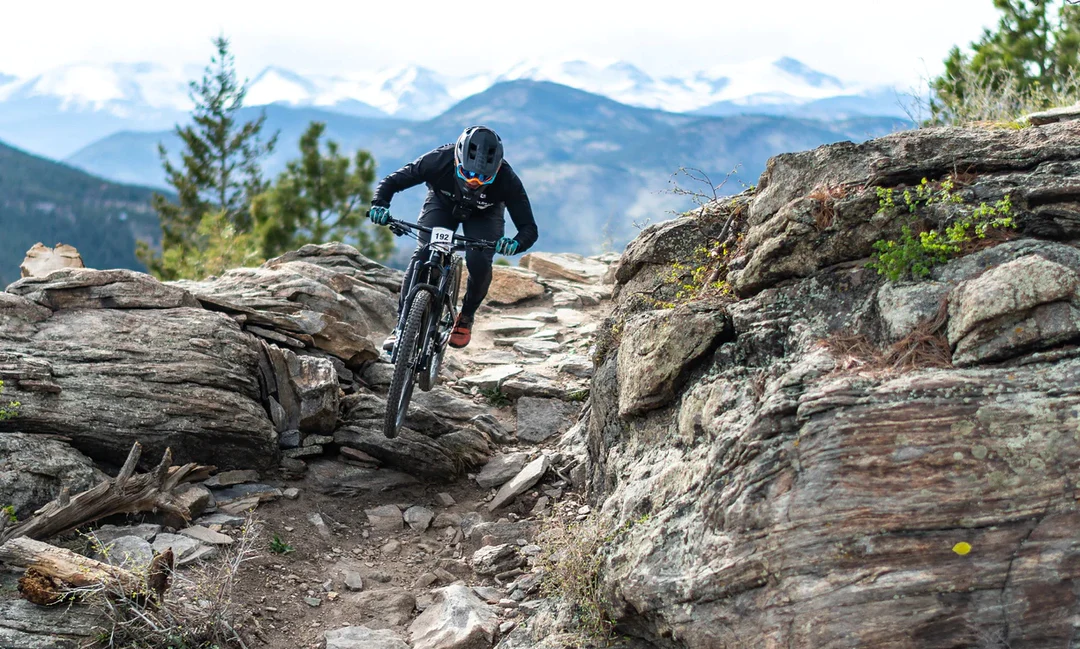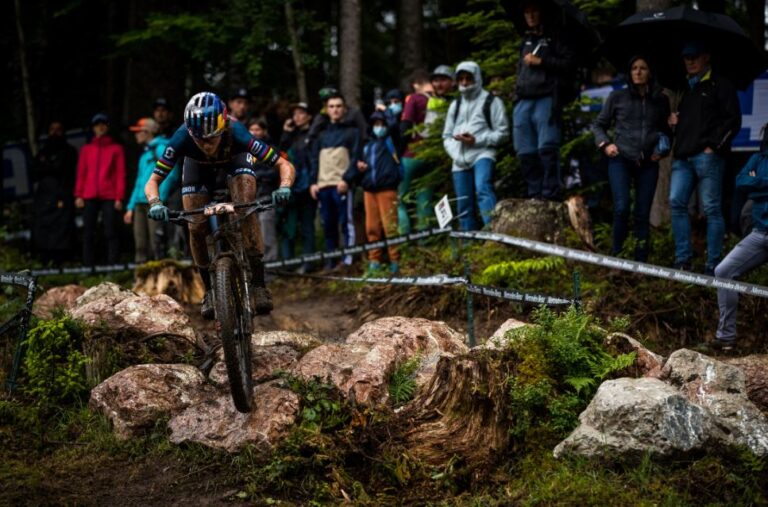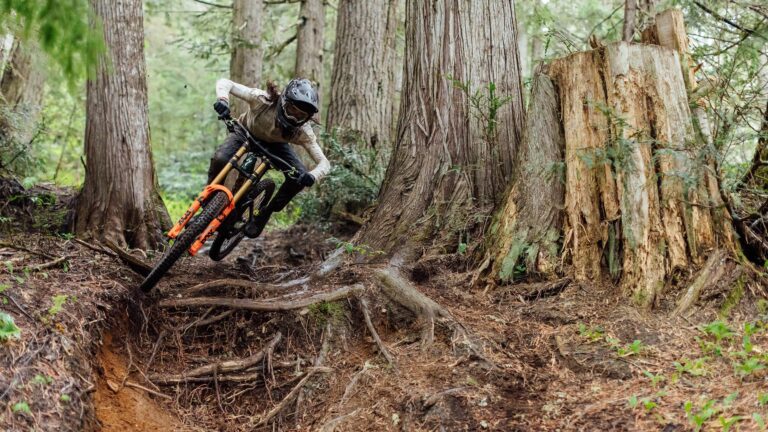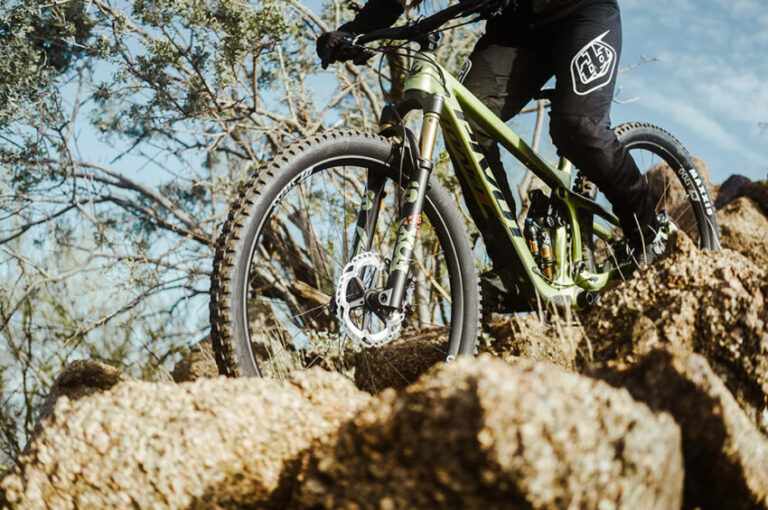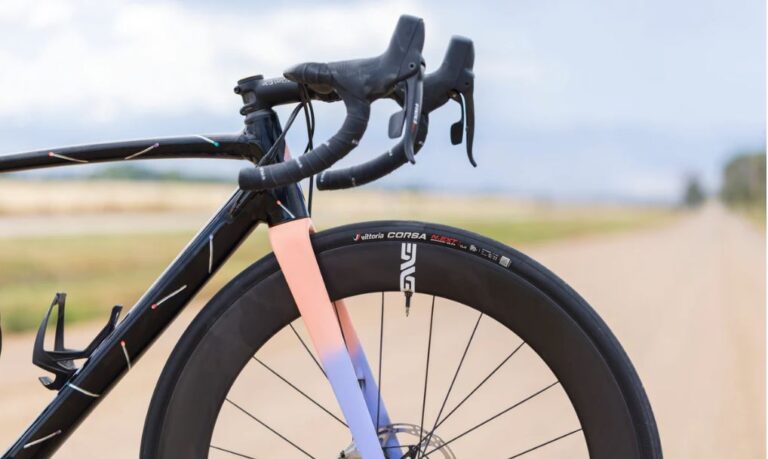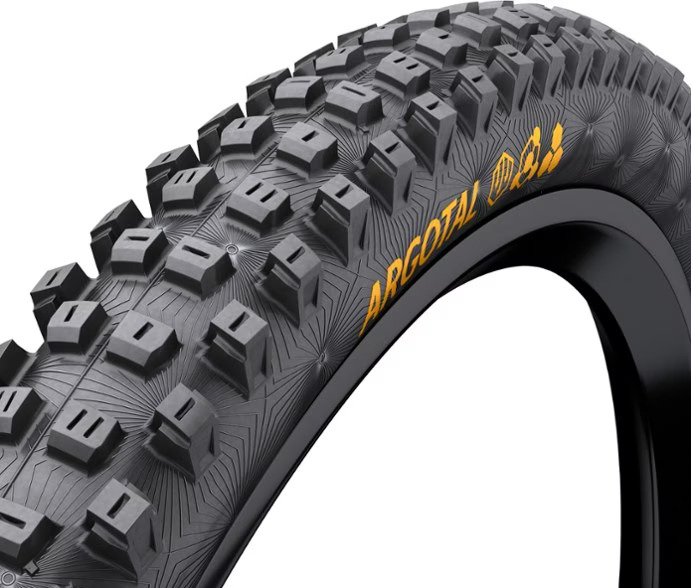Unlocking the Trail: The Comprehensive Guide to Tubeless Benefits for Enduro Bike Tires
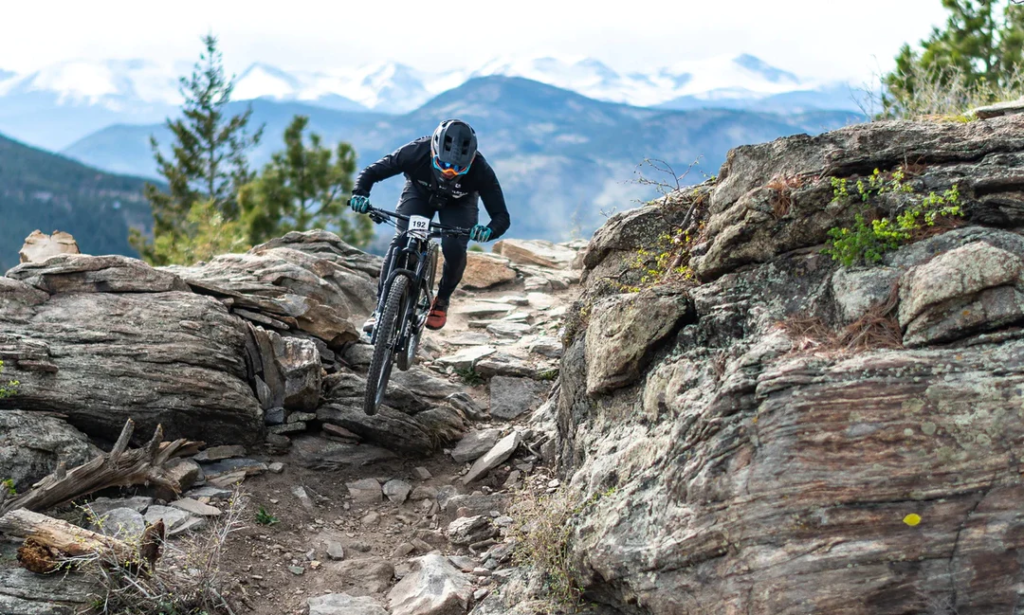
Key Point Summary of Tubeless Benefits for Enduro Bike Tires:
- Tubeless tires offer a reduction in flats: Without a tube, the risk of pinch flats is eliminated, and small punctures can often self-seal with liquid sealant.
- Improved traction and comfort: Running lower tire pressures without the risk of pinch flats increases grip and smoothens your ride over rough terrain.
- Weight savings: Eliminating the inner tube shaves off weight, allowing for quicker acceleration and easier climbing.
- Versatility and resilience: Tubeless setups handle a wide range of conditions better and offer improved durability on challenging trails.
As a masters cyclist with years of experience racing and riding across various disciplines—mountain biking, gravel grinding, and cyclocross—I’ve seen firsthand the evolution of tire technology and how it can impact your ride. Among the many advancements, the shift towards tubeless tires, especially for enduro bike tires, stands out as a game-changer. I’ve set up countless bikes with tubeless systems and reaped the rewards on the trail. Let’s dive into why going tubeless could be the best move for your enduro setup, weaving in some of my personal anecdotes to bring these benefits to life.
The Tubeless Transition
Transitioning to tubeless tires on my enduro bike wasn’t just a fad—it was a revelation. The initial setup, involving sealing tape, valves, and liquid sealant, seemed daunting at first. However, after my first few rides, the benefits became clear. The most immediate improvement was in how the bike handled the rugged, unpredictable terrain of enduro trails.
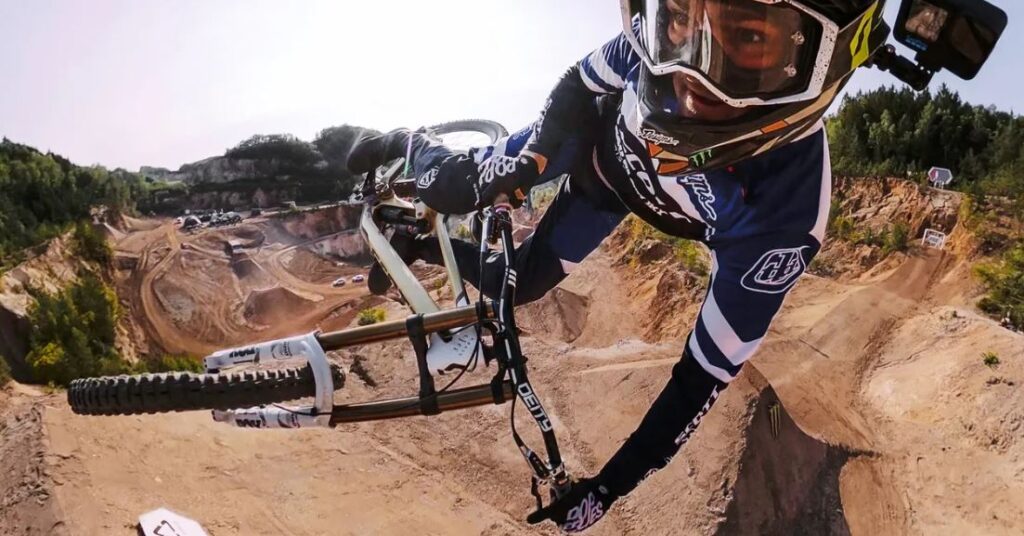
Reduced Flats: A Game-Changer
The bane of every cyclist’s existence is a flat tire, especially in the middle of a race or a remote trail. With tubeless tires, the frequency of flats dramatically decreases. I recall a particular race where sharp rocks were causing flats left and right. Thanks to my tubeless setup, I breezed through sections that sidelined others. The sealant inside the tire quickly plugged small punctures that would have otherwise ended my race.
Traction and Comfort to Spare
Running lower tire pressures without the risk of pinch flats is where tubeless really shines for enduro riding. Lower pressures mean your tires can conform to the terrain better, increasing your contact patch and grip. I’ve tackled slippery roots and loose, steep descents with far more confidence on tubeless tires. The added bonus? A noticeably smoother ride. The tires absorb more of the trail’s chatter, reducing fatigue and letting you ride longer and harder.
Weight Savings Where It Matters
Though it might seem minor, the weight reduction from ditching tubes adds up, particularly on a bike optimized for enduro. Lighter tires mean quicker accelerations and less effort on climbs. During a grueling enduro event, this can mean the difference between standing on the podium or watching from the sidelines. It’s not just about the weight itself but where that weight is located. Reducing rotational mass has a profound impact on how the bike handles and feels.
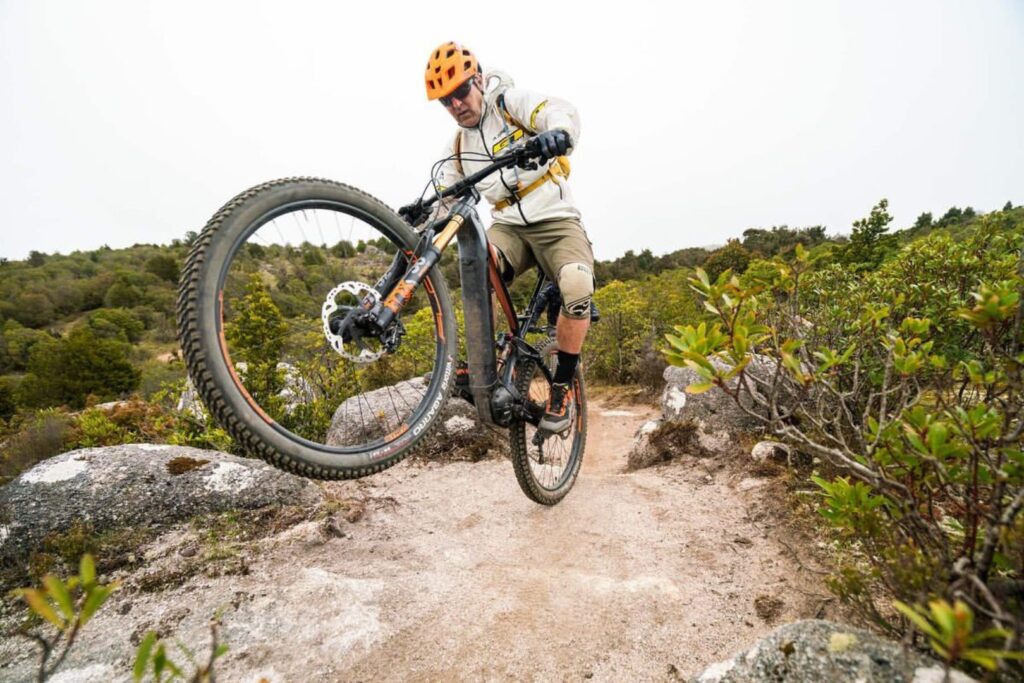
Durability and Versatility
Tubeless tires are not only about performance gains but also about durability. I’ve navigated through terrains that would typically spell doom for traditional tubed tires. The resilience of a tubeless setup means you can push harder and explore further with less worry about your equipment holding up. Plus, the range of tire pressures you can experiment with allows you to tailor your ride to the trail conditions of the day—softer for wet and slippery days, a bit firmer for fast, dry conditions.
Making the Switch
The process of going tubeless might seem like a hurdle, but it’s a worthwhile investment in your riding experience. Yes, it can be messy the first time you pour in the sealant and seat the bead, but like any skill, it gets easier with practice. I’ve had my share of sealant spills and struggles to get a tight seal, but the payoff on the trail makes it all worth it. Plus, the cycling community is full of helpful advice and tips to make the transition smoother.
Riding Tubeless: A Personal Reflection
Reflecting on my years of cycling, the switch to tubeless tires on my enduro bike has been one of the most significant upgrades. Not only has it allowed me to ride with more confidence, but it has also opened up new trails and terrains that were previously off-limits due to the risk of flats. I remember a ride in the high mountains where the sharp, volcanic rock would have been a nightmare on tubed tires. Instead, I was able to enjoy the stunning scenery and technical challenge without the nagging fear of a flat tire ruining the day.
Best Enduro Bike Tires for Tubeless Setup:
- Maxxis Minion DHF – A classic choice for front tires, offering incredible grip and control in a variety of conditions. Its aggressive tread pattern excels in loose and muddy terrain, making it a favorite among enduro riders.
- Schwalbe Magic Mary – Known for its versatility, the Magic Mary performs well in wet conditions and loose dirt. Its robust sidewalls are a boon for tubeless setups, providing extra protection against punctures.
- Continental Der Baron Projekt – With its balanced tread and excellent puncture resistance, the Der Baron Projekt is a great all-rounder tire that shines in both dry and wet conditions.
- Maxxis Assegai – Designed with input from downhill racing legend Greg Minnaar, the Assegai offers unparalleled traction and braking performance, making it a top choice for aggressive enduro riding.
- Michelin Wild Enduro – Offering a great mix of speed, grip, and durability, the Wild Enduro tires are designed to handle a wide range of conditions, from hardpack to loose gravel.
- WTB Judge – Best suited for the rear wheel, the Judge provides excellent braking control and traction, especially in loose and wet conditions. Its durable construction makes it a reliable choice for tubeless setups.
Each of these tires has been selected based on their performance in enduro riding conditions, their compatibility with tubeless setups, and their ability to offer the benefits discussed throughout the article. Whether you prioritize grip, speed, or durability, there’s a tubeless-ready enduro tire that meets your needs.
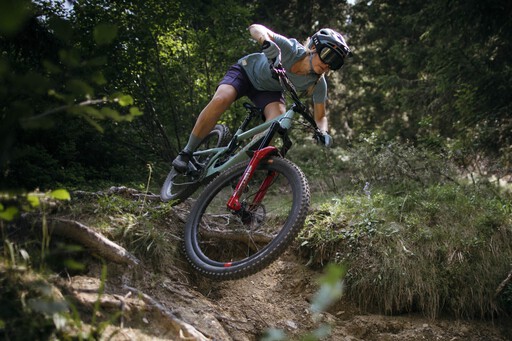
FAQ
Can you put tubeless tires on a dirt bike?
Yes, you can put tubeless tires on a dirt bike, but it requires compatible rims and a specific tubeless tire setup.
Are tubeless tires good for mountain biking?
Yes, tubeless tires are excellent for mountain biking due to their ability to run lower pressures for better traction, reduced flats, and weight savings.
What size tire is best for enduro?
The best tire size for enduro typically ranges from 2.3 to 2.6 inches, offering a good balance between traction, control, and rolling efficiency.
Can all MTB tires be tubeless?
Not all MTB tires can be run tubeless. They must be specifically labeled as tubeless-ready or UST (Universal System Tubeless) to ensure compatibility with tubeless setups.
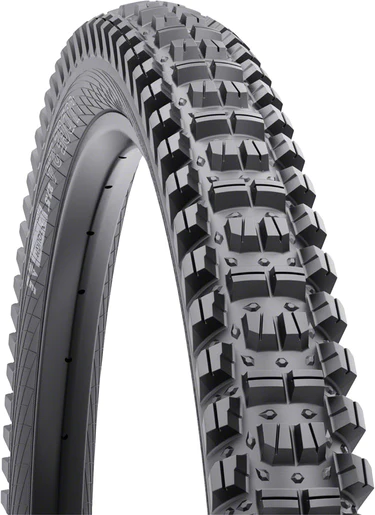
Wrapping Up
The move to tubeless tires for enduro riding is more than just a trend; it’s a transformation in how we experience the sport. The benefits—reduced flats, improved traction and comfort, weight savings, and enhanced durability—make a compelling case for anyone looking to get the most out of their mountain biking adventures. Whether you’re a beginner eager to tackle more challenging trails or a seasoned rider looking to optimize your performance, going tubeless is a decision that pays dividends on the trail. As someone who has ridden through the evolution of mountain bike technology, I can attest that tubeless is one innovation that truly enhances the joy and freedom of riding.
John
